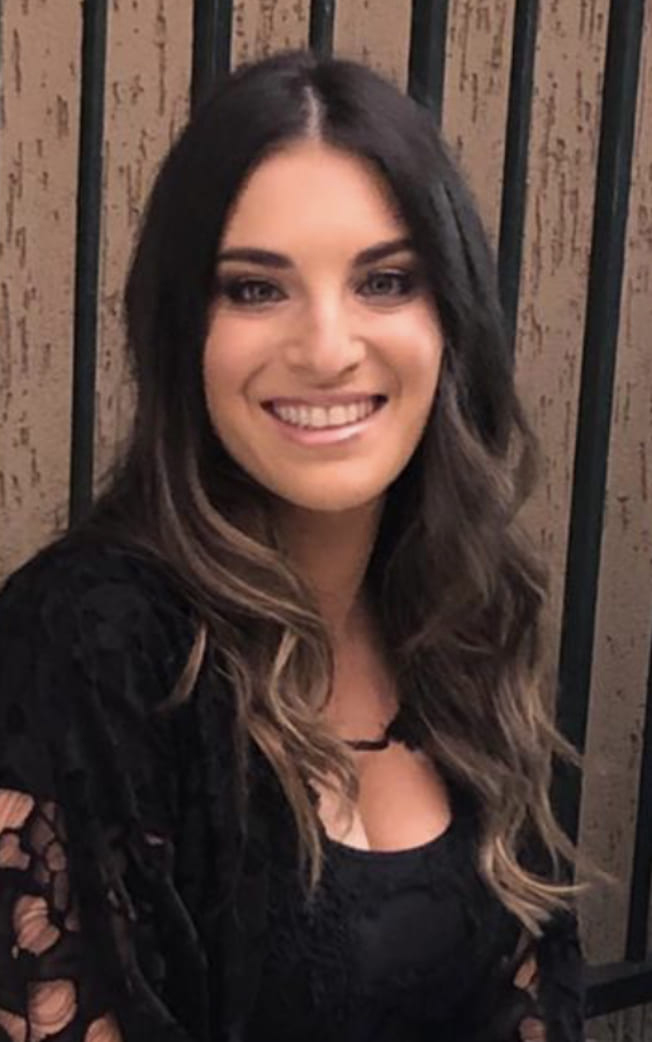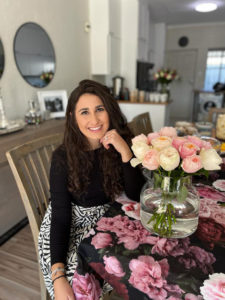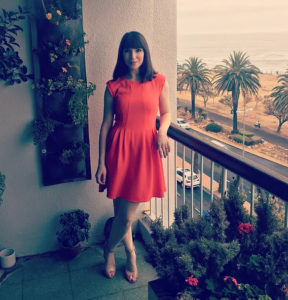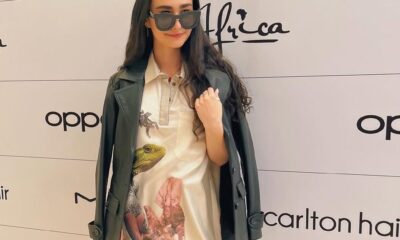
Featured Item

New year, new clothes – why shul is the smartest place you’ll be right now
Few people, especially the “fashionistas” amongst us, need an excuse to go shopping. Yet, on Rosh Hashanah, the tradition of dressing up in new clothes moves into the spiritual realm.
Many of our most treasured memories surrounding Rosh Hashanah relate to buying new clothes.
“I grew up with my mother buying us something new, whether it be a new shirt, a new tie, or if we were really lucky, a new suit,” says Rabbi Ari Kievman of Chabad Sandton Central. “My parents weren’t wealthy, but they certainly made an effort that before yom tov, we should feel our very best.”
For Jenna Esrechowitz, the owner of Cape Town-based clothing boutique Rampage and its national online store, her calling to clothing began on yom tov shopping trips with her mother. “I have vivid memories of the times I would go shopping with my mom, especially over the Jewish holidays,” she says.
Also a common practice around Pesach, the custom of honouring the holidays by buying new clothing is mentioned in the Shulchan Aruch – the code of Jewish law, says Kievman. “The idea is that people always feel good in something new, and it’s a way of honouring the festival, particularly when you’re beginning a new year.”
It also gives us something additional over which to say shehecheyanu (blessings), he says. “Though we usually have a new fruit that we haven’t had in the season, we often get new clothing as well.” This is also common on Pesach. Both festivals occur around the changing of the seasons, giving added impetus to buy something new.
For those who can’t afford new clothes this Rosh Hashanah, Jewish food fund Yad Aharon & Michael have set up an upmarket pop-up shop available exclusively for its recipients to shop at, at no cost. “Our first of its kind pop-up was named J.E.M RE-LOVED. It was done in loving memory of the late Robbie and Julie Treger as well as for the continued progress of a specific child in our community,” says Yad Aharon Chief Executive Lauren Silberman.
Volunteer run, the shop was stocked by the community, whose members generously donated new and gently worn clothing as well as pre-loved accessories, says Silberman. “The range was exquisite, with quantities in the thousands, clothing for ladies, gents, and kiddies, who loved the entire experience.
“Once in a while, everyone deserves new, attractive, top-quality clothing … and what an opportune time just before the high holy days,” Silberman says.
Helena Kahanovitz-Unterslak, the founder of modest fashion line HELENA The Label and also known for her modest fashion Instagram blog, hkmodstyle, also speaks of the joy and meaning that comes with dressing for yom tov. “It adds to the excitement and holiness of the day,” she says. “That’s why we dress eat well, it elevates the holiness of the festival from a physical to spiritual level. Ultimately, that’s why we’re in this world – to elevate the physical and make it spiritual.”

Dressing modestly, she says, is rooted in this belief. “Wearing beautiful clothes while dressing modestly makes me feel good within myself, which conversely enables me to focus less on the external. It’s not about hiding who you are, it’s about enabling your true essence to shine through.”
Through her clothing line and Instagram page, Kahanovitz-Unterslak is dedicated to showing women how they can dress modestly and still be fashion forward.
She says current fashion trends largely tie into modest dressing. “For example, maxi skirts and dresses are very in style for spring and summer 2022. Bold colours and floral patterns are also a must this season.” Be true to yourself when selecting outfits, she suggests.
Esrechowitz agrees, saying, “As long as you’re comfortable, you can own what you’re wearing.” Yet she encourages people to mix things up a bit. “My tip for looking and feeling your best is to try something you would never normally wear. It just takes that one time to try on something different to realise that your taste is more diverse than you thought, allowing you to expand on your style and wardrobe.”
This Rosh Hashanah, as many of us return to shul following the pandemic, is the perfect time to experiment. “The past two years have changed the way people shop and dress in general,” says Esrechowitz. “All special occasions, including Jewish holidays, had to be celebrated in isolation, or with immediate family only. So, buying new clothes took a backseat.”
Leigh Sussman, a stylist and image consultant for personal and corporate clients, elaborates. “COVID-19 has had a huge impact on fashion. People are working in a hybrid way or exclusively at home, and the emphasis is on comfort. Many of my clients are struggling because they’ve got these extreme work wardrobes, and no-one is wearing suits and high heels, or suits and ties to work anymore. Even in corporate environments, it’s about looking smart casual.”

“Shul is probably the smartest place you’re going to be dressing for right now,” she says. “In the reform community, we were doing everything online and now we’re back in shul and it’s been very different.” Yet she points out, dressing up for yom tov isn’t just about impressing Mrs Cohen sitting next to you at shul. “Rosh Hashanah and Yom Kippur are a real time to reflect on ourselves. Dressing up adds to the meaning and special nature of the high holy days. They should stand out.”
Not only is fashion allowing us to elevate our yom tov celebrations to a spiritual plane this year, it’s allowing us to recapture the joy that new clothes bring. “Now that restrictions have eased, I can see a clear difference in people’s mindsets – the joy and willingness to dress up are back,” says Esrechowitz. “With spring and summer in the air, people are feeling inspired to dress how they used to. Rosh Hashanah is the beginning of that expression. Embrace it!”










